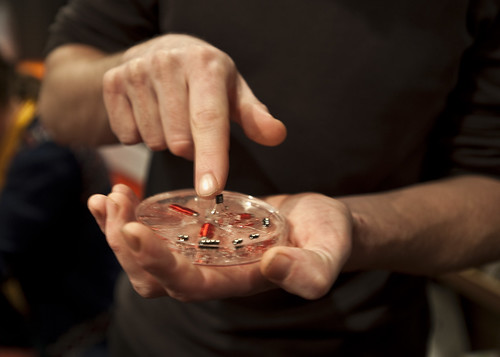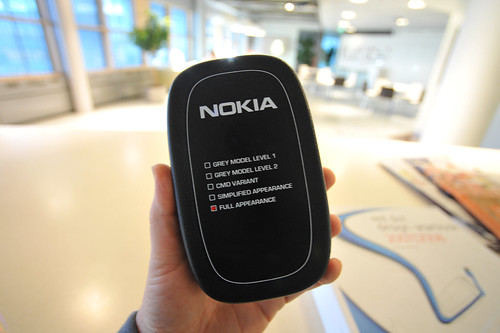Hello. It’s time for the weekending post. A few things.
First — I was introduced to this graphic above from @bruces. It shows a Venn diagram showing a kind of perspective of what-could-be. For that reason, I chose to interpret it as another “graph of the future”. How’s that? Well, because it indicates the measure of what can be a product and therefore, what can enter into the world at a particular scale — it’s represents things that can exist at some point in the future. It’s a really simple measure of “product” or “possibility”, but because of its simplicity, its admirable. It says that what can be a product must be desirable, profitable and possible/buildable.
Update: @bruces posted his notebook drawing that I originally saw three, wine-fueled hours into a midnight dinner in London. It comes from Hugh Dubberly.
I pondered this a bit over the week. I shared it for a moment at the recent Society for the Social Studies of Science conference, as a way to think about the future. But, what I want to consider are the unexplored, peculiar areas that are not at the super-sweet spot there in the middle. Are these various terrains that can be explored — perhaps to shift the meaning of what is desirable, profitable and possible? Ultimately, that sweet spot in the middle has to become some sort of least common denominator. What about the impossible? Or the barely possible? Or the unprofitable, but possible and desireable? You see what I mean? How do yo get out of the rut of assuming that everything must be a product — desirable/profitable/possible — and actually innovate? Make new impossible things? Or new, weird things only desirable to 17 people?
Update #2. Here’s Hugh Dubberly’s drawing — at least I think it is. I never saw the one from which Bruce did his notebook sketch.
Yet to be considered.
Well, also this week was a bit of frustrating time figuring-out-new-stuff. Can you believe that we still have to use USBSerial dongles by Keyspan in 2011 in order to talk to modern bits of development hardware? What gives with that?
This is a development board for a VS1000 chip which does audio decoding. I’m hoping to learn more about how to make it do interesting things for some real-time audio hacking and making-of-things. Look for cool stuff soon. Definitely desirable, possible and unprofitable little gizmos and hatchapees.
The last thing is that the video of the Thrilling Wonder Stories thing I did in London last week with Bruce Sterling and Kevin Slavin is available online now at the Architectural Association web site. It’s worth a look. If you fast forward to about 1/2 way through, you’ll get to the start of the presentations from myself @bruces and @slavin_fpo.
Finally, had a lovely coffee time chat with David Kirby who was in town to do some interviews for his upcoming projects.
That’s it for what happened.
In upcoming news, you’ll find more people blogging and doing things through the Laboratory.
The band is getting back together. Yeehaw.






